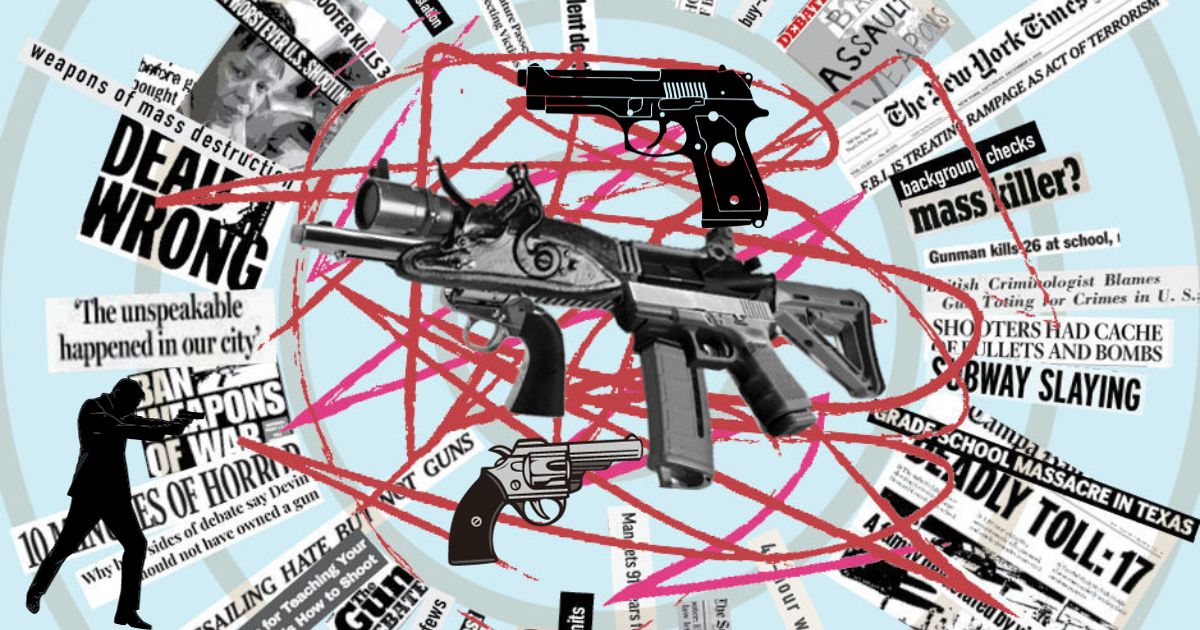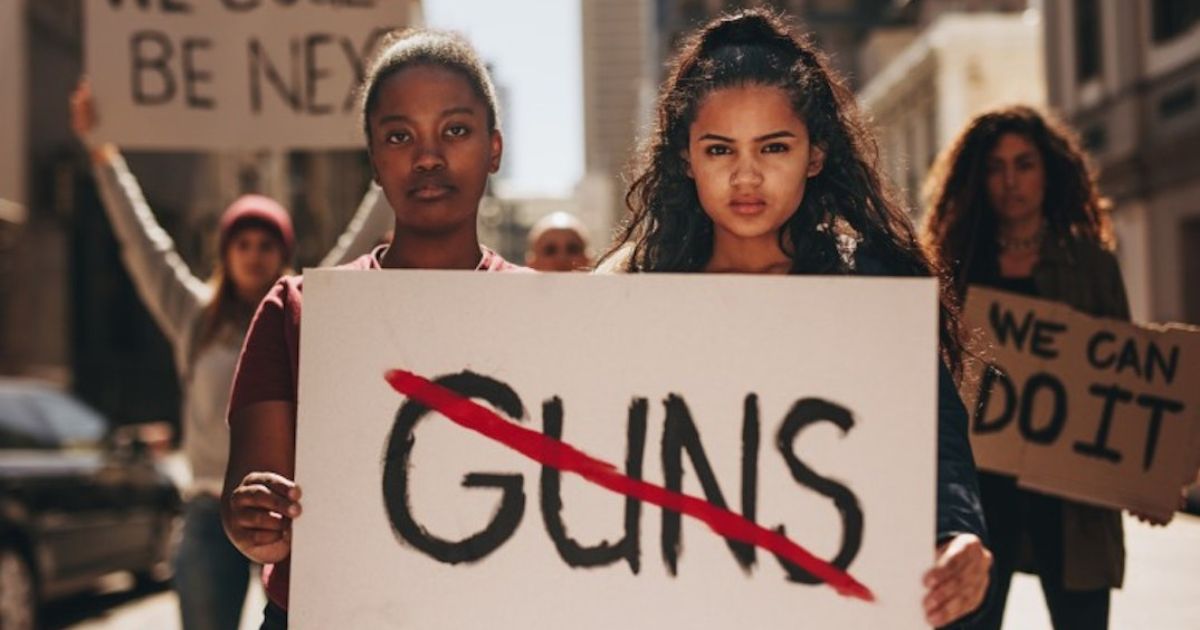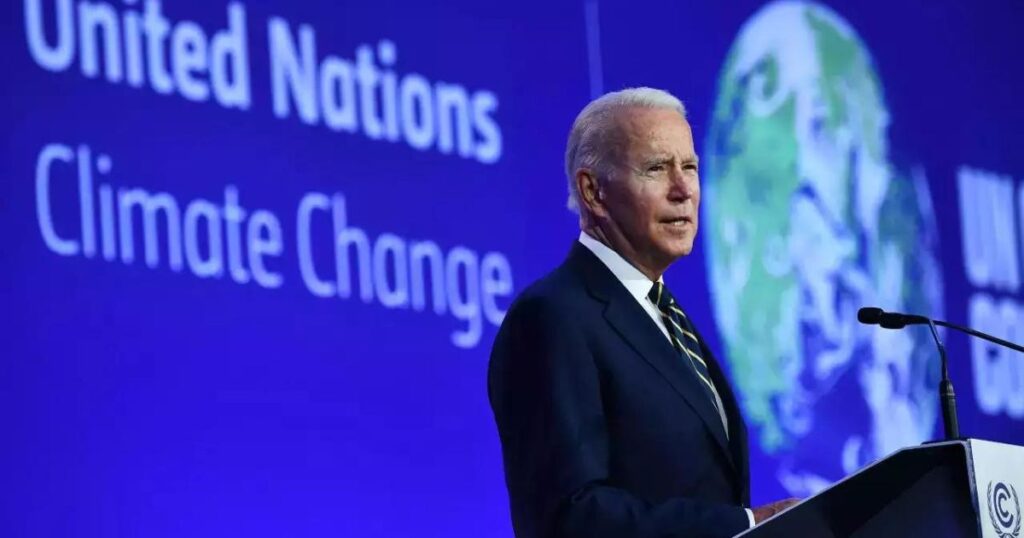Gun Violence: America’s Inescapable Shadow The Untold Stories Behind America’s Daily Tragedy
Gun violence looms large in the American consciousness, casting a long and chilling shadow across the nation. It’s not just the sporadic bursts of mass shootings that shock and horrify, but the constant, steady drip of lives lost, communities shattered, and families forever marked by tragedy.
The Statistics Paint a Grim Picture:
- Every day, 120 Americans die by gun violence, 43,375 annually. This includes homicides, suicides, and unintentional shootings. (Source: Vox)
- The US gun homicide rate is 26 times higher than other high-income countries. (Source: Vox)
- Gun violence disproportionately impacts Black Americans, who are 10 times more likely to die from firearm homicide than white Americans. (Source: Amnesty International)
- Children and adolescents are not spared: in 2022, over 2,000 minors died from gun violence. (Source: Everytown for Gun Safety)
Beyond the Numbers: The Human Cost:
The statistics tell a stark story, but they only scratch the surface of the human cost. Each gun death leaves behind a trail of grief, trauma, and broken lives. Communities bear the weight of fear and anxiety, their sense of safety eroded by the ever-present threat of violence.
For survivors, the physical and emotional wounds can be lifelong. Witnessing gun violence as a child can leave lasting scars, disrupting healthy development and increasing the risk of mental health issues.
Families coping with the loss of a loved one face unimaginable pain and a future forever altered by absence.
A Complex Picture with Many Facets:
The causes of gun violence are complex and multifaceted, intricately woven with societal issues like mental health, poverty, inequality, and systemic racism. Easy access to firearms, particularly high-powered weapons, plays a significant role, but it’s just one piece of the puzzle.
Gang violence, domestic violence, and suicide prevention all contribute to the tragic toll. Understanding these intertwined factors is crucial to developing effective solutions that address the root causes of gun violence, not just its symptoms.

Seeking Solutions: A Path Forward:
Finding solutions to this complex problem requires a multi-pronged approach. Background checks, firearm safety training, and red flag laws can improve responsible gun ownership and mitigate immediate risks.
Investing in mental health services, addressing social determinants of health, and tackling systemic racism are equally important in preventing gun violence in the long term. Fostering a culture of gun safety and promoting non-violent conflict resolution through education and community outreach are crucial steps as well.
The gun violence debate in the US is often fraught with emotion and entrenched political positions. However, finding common ground is essential. Focusing on evidence-based solutions, prioritizing lives over partisan agendas, and working collaboratively with all stakeholders can pave the way for meaningful progress.
No More Empty Promises:
Americans deserve to live in a country where they feel safe and secure. No more families should suffer the agony of gun violence. It’s time for action, not another empty promise.

By acknowledging the gravity of the problem, understanding its complexities, and working together towards comprehensive solutions, we can begin to cast back the shadow of gun violence and build a safer future for all.
1. Economic Costs of Gun Violence:
- Healthcare costs, lost wages, productivity loss, and impact on social programs add up to hundreds of billions annually.
- Healthcare burdens fall heavily on victims and survivors, often from disadvantaged communities.
- Lost income impacts families and the overall economy, hindering growth and development.
2. Impact on Specific Communities:
- Black Americans are 10x more likely to die from gun violence than white Americans, highlighting racial disparities.
- Communities with poverty, lack of opportunity, and gang activity experience higher rates of gun violence.
- The trauma and fear ripple through generations, impacting mental health and perpetuating cycles of violence.
3. Media’s Role in Shaping Perception:
- Sensationalized coverage can heighten fear and distort reality, influencing public opinion and policy debates.
- Media framing can stigmatize specific communities and fuel biased narratives about gun violence.
- Responsible reporting emphasizing human stories and factual data is crucial for informed public discussions.
4. Effectiveness of Prevention Measures:
- Background checks, red flag laws, and limitations on high-powered weapons show varying degrees of success in reducing gun violence.
- Mental health support, community investment, and violence prevention programs address underlying causes.
- The effectiveness of any measure depends on comprehensive implementation and ongoing evaluation.
5. Ethical and Philosophical Arguments:
- Right to self-defense vs. public safety is a central debate, raising questions about individual liberties and societal responsibility.
- Cultural values, historical context, and interpretations of the Second Amendment influence perspectives on gun ownership.
- Ethical considerations involve minimizing harm, prioritizing life, and promoting responsible gun ownership.
I encourage you to learn more about this critical issue and engage in responsible discussions about potential solutions. Together, we can create a future where gun violence is no longer the defining image of the American experience.
Also Read – Sustainable Aviation Fuel : Secret Fuel Hacks Airlines Don’t Want You to Know About
Also Read – US Gas Giants Unite: Chesapeake Southwestern Energy Merger Forge $7.4 Billion Superpower
Gun Violence in America: FAQ Unmasking the Shocking Reality
Scope of the Problem:
- Q: How common is gun violence in America?
- A: The US has the highest rate of gun violence among developed nations. In 2023, over 45,000 people died from gun-related deaths, including suicides, homicides, and accidents.
- Q: Who is most affected by gun violence?
- A: Black Americans are disproportionately impacted, experiencing higher rates of gun homicides than other racial groups. Children, teenagers, and young adults are also particularly vulnerable.
- Q: What are the different types of gun violence?
- A: Gun violence includes gun homicides, suicides, mass shootings, accidental shootings, and domestic violence involving guns.
Causes and Contributing Factors:
- Q: What are the root causes of gun violence?
- A: Contributing factors include historical and systemic racism, socioeconomic inequalities, lack of access to mental health care, easy access to firearms, and cultural norms surrounding gun ownership.
- Q: Does mental illness cause gun violence?
- A: Most people with mental illness are not violent. However, individuals experiencing untreated mental health crises can be at higher risk if they have access to firearms.
- Q: Does gun control work?
- A: Studies suggest stricter gun control measures can reduce gun violence, including background checks, red flag laws, and bans on assault weapons and high-capacity magazines.
Addressing the Issue:
- Q: What can be done to prevent gun violence?
- A: Solutions include enacting comprehensive gun control legislation, investing in mental health resources, addressing poverty and inequality, and promoting responsible gun ownership education.
- Q: How can I get involved in the fight against gun violence?
- A: Support organizations working on gun violence prevention, contact your elected officials to advocate for stricter gun control, and engage in respectful dialogue about this complex issue.
Remember: Gun violence is a sensitive and complex issue. Always engage in respectful conversations and approach factual information with critical thinking.
Disclaimer: This FAQ provides general information and does not constitute legal or professional advice. Please consult relevant experts for further guidance.
Also Read – How do I start a local business in USA? Conquer the Business World.
Also Read – Can Coding be Replaced by AI? Unleashing the Coding Revolution.

